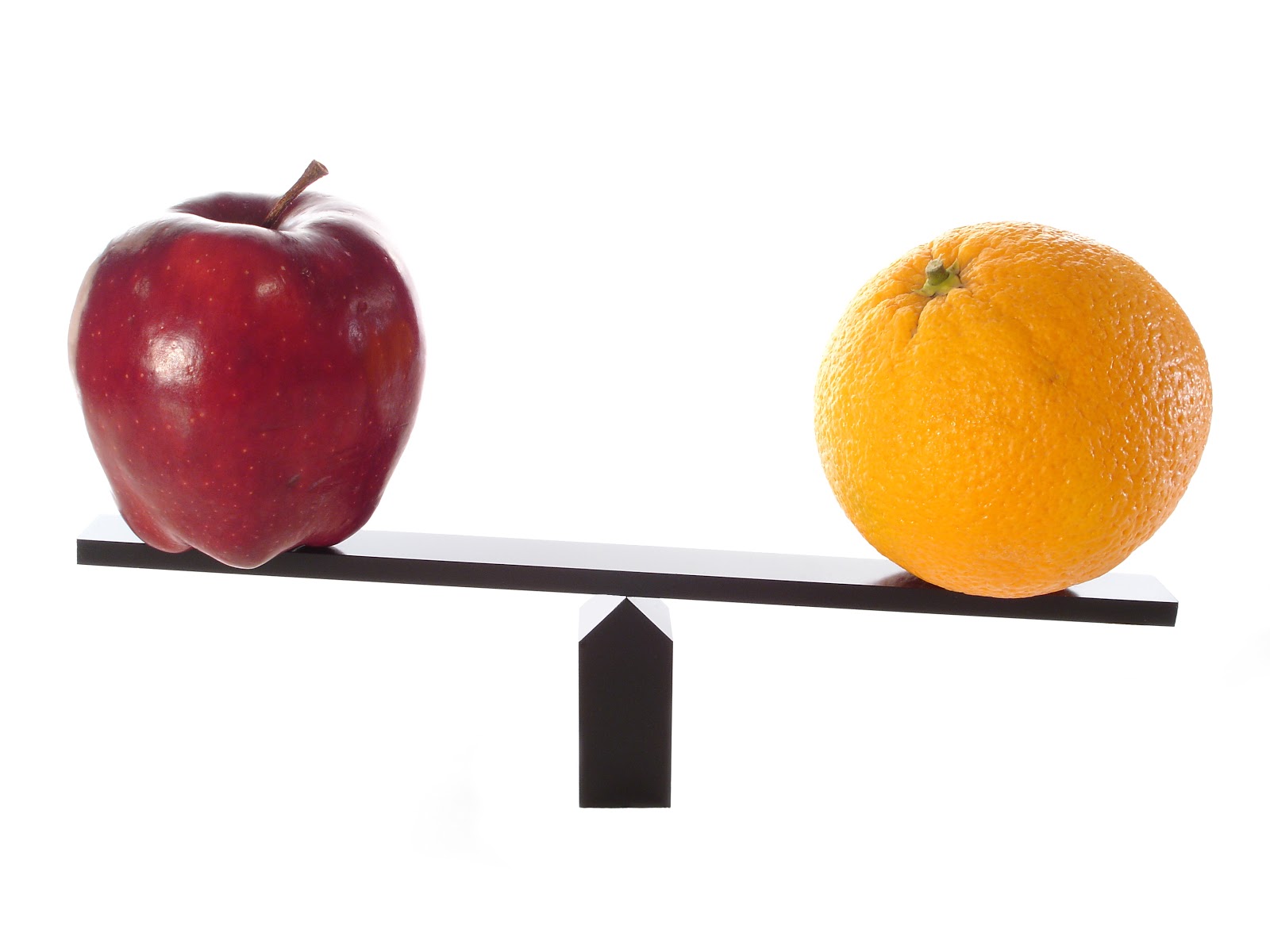Public buying is buying for the public and in public. Purchases by the Central Government, State Government and public sector undertakings over the years have increased and diversified. Public buying accounts for over 20 percent of the total buying efforts in the country.
With the successive implementation of the country’s five year plans, the government significantly increases the rate of growth of economy and achieves a better utilisation of resources.
Public buying has come to over a wide spectrum of economic needs, needs of production, and needs of distribution, investing in it in an economic manner, for with its bulk buying it can influence the economy and the market. It can be a leader in providing adequate supply of goods and services of the right quality at an optimum price, at the right time and contribute towards the growth of the economy.
Government/Public vs. Private Sector Purchasing:
ADVERTISEMENTS:
There is a wide spread impression that government purchasing is totally different from industrial purchasing. This impression is not altogether valid. Both government and industrial purchasing are concerned with buying the right quality, in the right quantity, at the right price and time, and from the right source. Government purchasing, however, frequently involves special considerations which usually are not applicable to purchasing in private industry.
The basic principles of purchasing for public agencies (government and public sector undertakings or for non-profit agencies like institutions) vs. industrial buying for private sector are the same.
Both involve purchasing for use and processing rather than for resale. Both involve substantial quantities and large financial transactions. Purchasers in both sectors have to ensure that they buy the right quality, right quantity from the right source (vendors), at the right price, and the right time and on the right terms.
ADVERTISEMENTS:
Usually, purchasers in both public and private sector are equally competent and motivated. Both have contributed equally to the advancement of the purchasing/material management profession.
Important landmarks in purchasing techniques, e.g., standardisation, codification, variety reduction, value analysis, centralisation of purchasing, inventory, PERT, EDPM have come about due to the joint efforts of both public and private sector purchasers.
The critical difference between industrial and government purchasing is the source of the funds used for the purchases. At all levels of government, taxes paid by citizens and business are used to purchase the required materials and services.
Usually, government procedures allow government purchasing managers considerably less freedom of action and discretion than business allows their industrial counterparts.
ADVERTISEMENTS:
Government procedure stems from specific laws and regulations which require competitive bidding, fixed budgetary limitations, rigid auditing of accounts and the use of prescribed standard specifications.
While these procedures are designed to protect the interests of the tax payers, they generally result in less flexibility, and in many cases, purchases whose total cost (considering inspection costs, installation costs, and maintenance costs) is greater than it would have been had the government used profit oriented business buying techniques.
